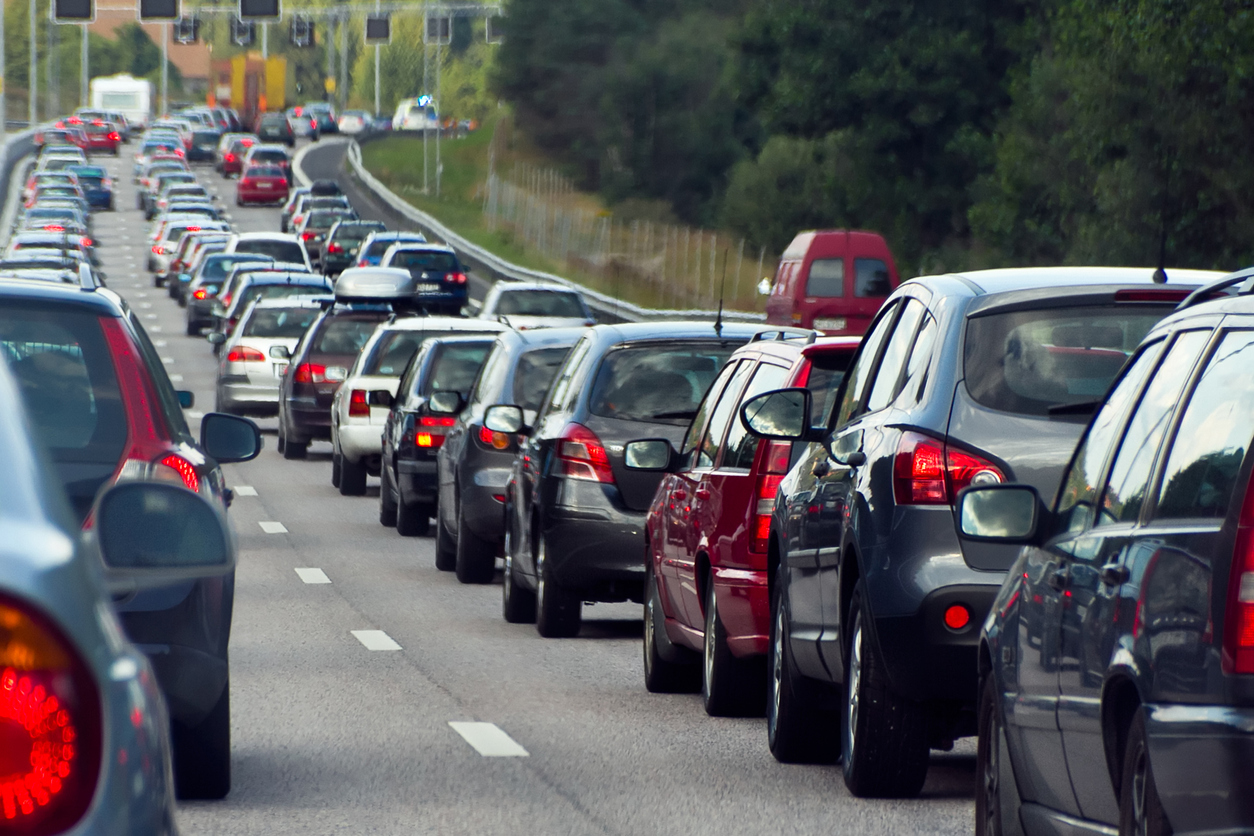Melbourne, FL, Road Safety Overview

With a population of about 87,000 residents, Melbourne routinely sees both traffic congestion and hazardous roads. Dozens of people die annually in Melbourne traffic accidents, while hundreds more suffer life-changing injuries.
The city has recognized this problem and joined Brevard County’s Vision Zero initiative. This program gathers traffic crash data so local governments can allocate resources where they can reduce fatal and serious injury traffic accidents. This program has already identified several roads in Melbourne that need improvement, including Front St. and Hickory St.
For both residents and visitors, it’s important to know more about these initiatives and the overall outlook on road safety in the area.
Recent Melbourne Traffic Accident Statistics
According to the Florida Traffic Safety Dashboard, Melbourne saw 3,654 total traffic accidents in 2024. These car accidents in Melbourne, FL included multi-vehicle collisions as well as single-vehicle accidents, pedestrian accidents, and bicycle accidents. This number was significantly lower than the city’s other post-2020 totals, which topped 4,200 traffic crashes annually.
The most hazardous time of day to drive in Melbourne is in the mid-afternoon, between 2 p.m. and 5 p.m. However, unlike many medium-sized cities, Melbourne does not have a large spike in traffic injuries and deaths during the afternoon commute. Instead, injury and crash numbers build slowly from about 8 a.m. before peaking in the afternoon, then slowly dropping off.
This unusual pattern also appears on the most dangerous days of the week for road users. For most medium-sized cities, traffic injuries and deaths increase on weekdays and decrease on weekends. Melbourne’s peak days for injuries and deaths in 2024, though, were Thursday and Saturday.
Melbourne’s age distribution possibly explains these statistics. Over 23% of the city’s population is 65 or older. For comparison, the national rate is just under 17%. These residents typically do not commute. As a result, their crash times and days are more evenly distributed.
Accident Injuries and Deaths After a Car Accident
Crashes in Melbourne caused 22 deaths and 67 serious injuries in 2024 alone. Serious injuries incapacitate the victim from their normal activities and prevent them from leaving the accident scene without assistance. Examples of serious injuries include the following:
- Brain injury
- Severe laceration
- Major fracture
Serious injuries can be common in Melbourne crashes. Five pedestrians and bicyclists were killed last year, with 15 seriously injured. Four motorcyclists were killed, and 22 were seriously injured.
Additionally, the most likely age group to suffer severe injury or death was senior road users. In 2024, 15 people 65 or older were injured or killed in traffic crashes.
Dangerous Locations for Melbourne Road Users
Melbourne has developed a high-injury network map as part of its participation in the Vision Zero initiative. This map shows the hotspots for crashes in the city. According to this map, the city’s most dangerous roads and intersections include:
- US-1, between FL-404 and Post Rd.
- The intersection of US-1 and Post Rd.
- Wickham Rd., from Pineda Cswy. to Nasa Blvd.
- Aurora Rd., from Wickham Rd. to US-1
- South Harbor City Blvd.
- Eau Gallie Blvd.
- US-192, along the Melbourne Cswy.
- University Blvd., from Babcock St. to US-1
- Dairy Rd. between Eber Blvd. and Palm Bay Rd.
- The intersection of South Harbor City Blvd. and US-192
- Lake Washington Rd., between Wickham Rd. and Croton Rd.
These crash hotspots tend to develop on the busiest roads since traffic congestion is a contributing factor to many accidents.
Safety Projects in Melbourne
Brevard County and the City of Melbourne have targeted the following three streets for development as complete streets:
- Front St.
- Pineapple Ave.
- Hickory St.
The goal of “complete streets” is to make roads safe for all users, including motorists, pedestrians, and cyclists. Improvements might include pedestrian crossings, bridges or tunnels, bicycle lanes or paths, and improved traffic light timing.
Driving Safely in Melbourne
Driving safely in Melbourne requires vigilance and caution since crashes can happen at any time. However, slowing down, remaining patient for senior drivers, and exercising caution at intersections can help you navigate Melbourne’s roads safely.
